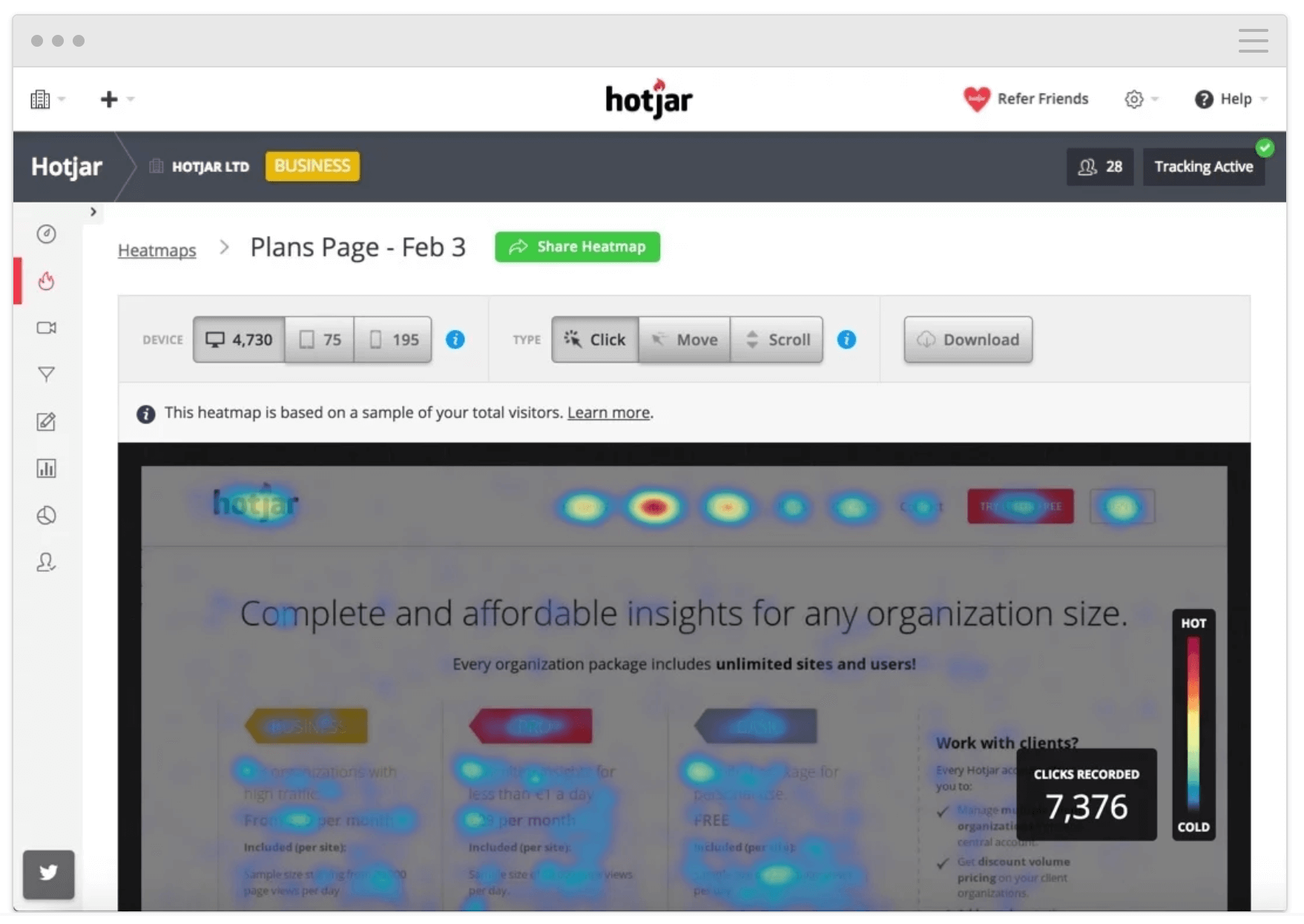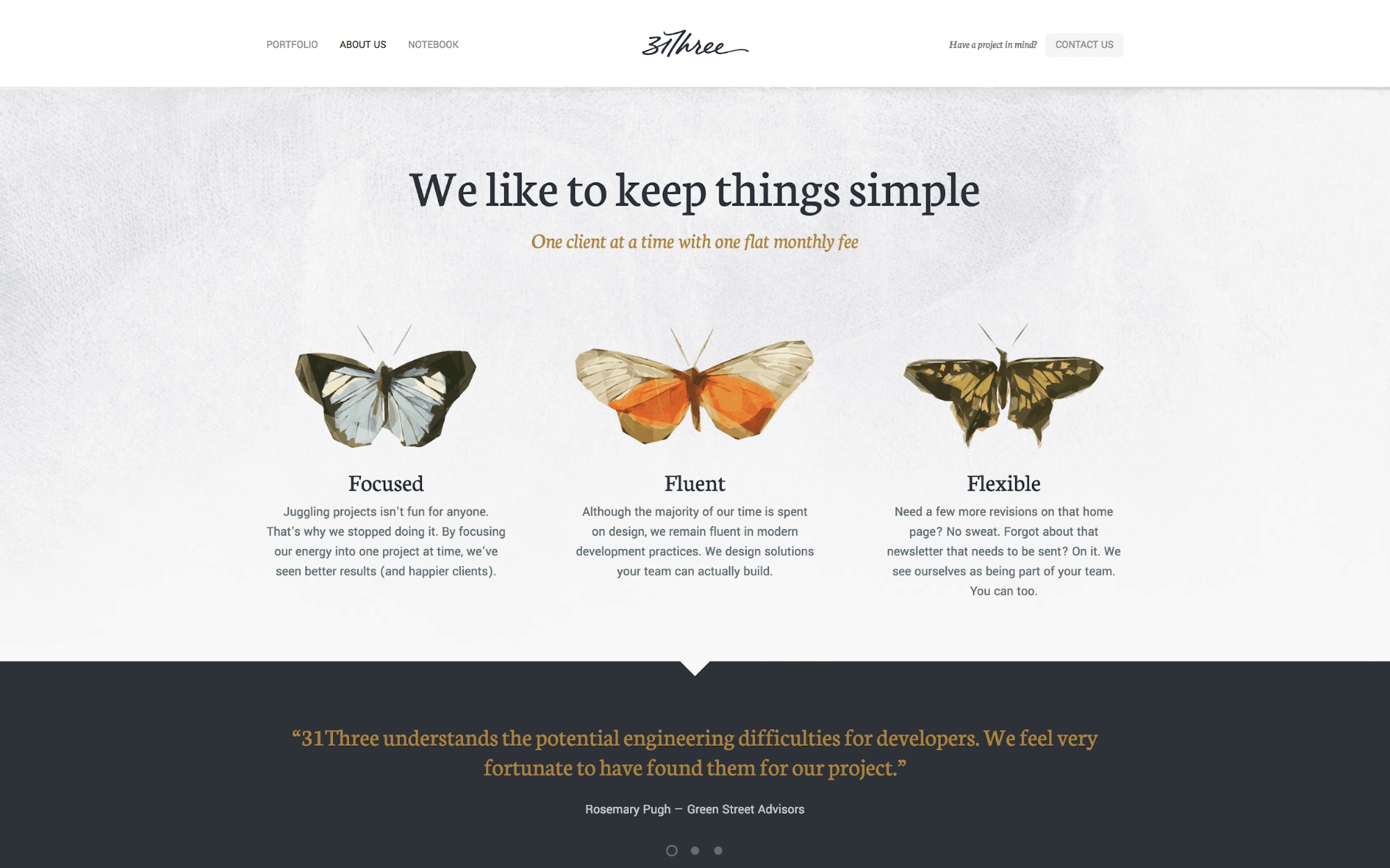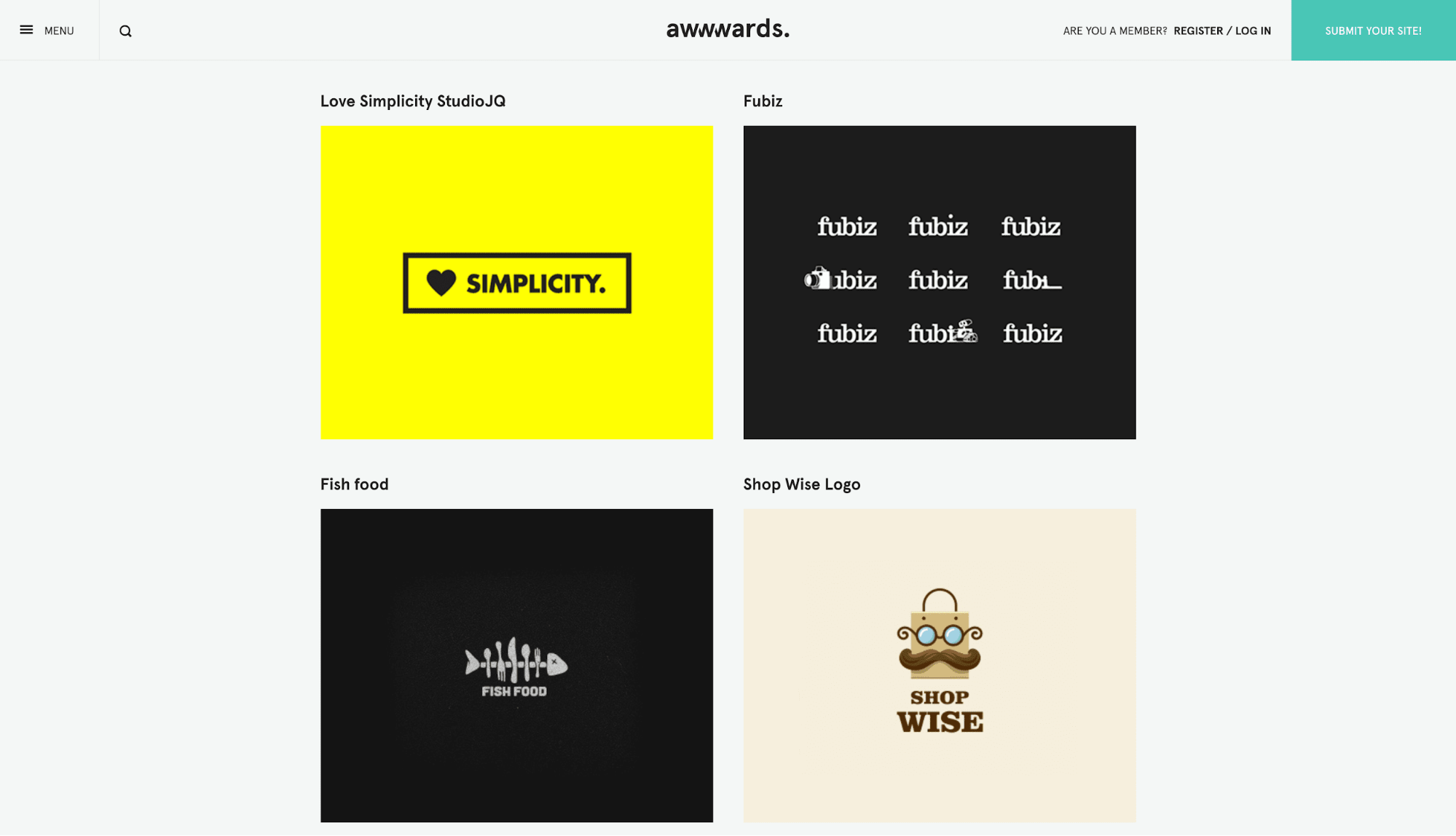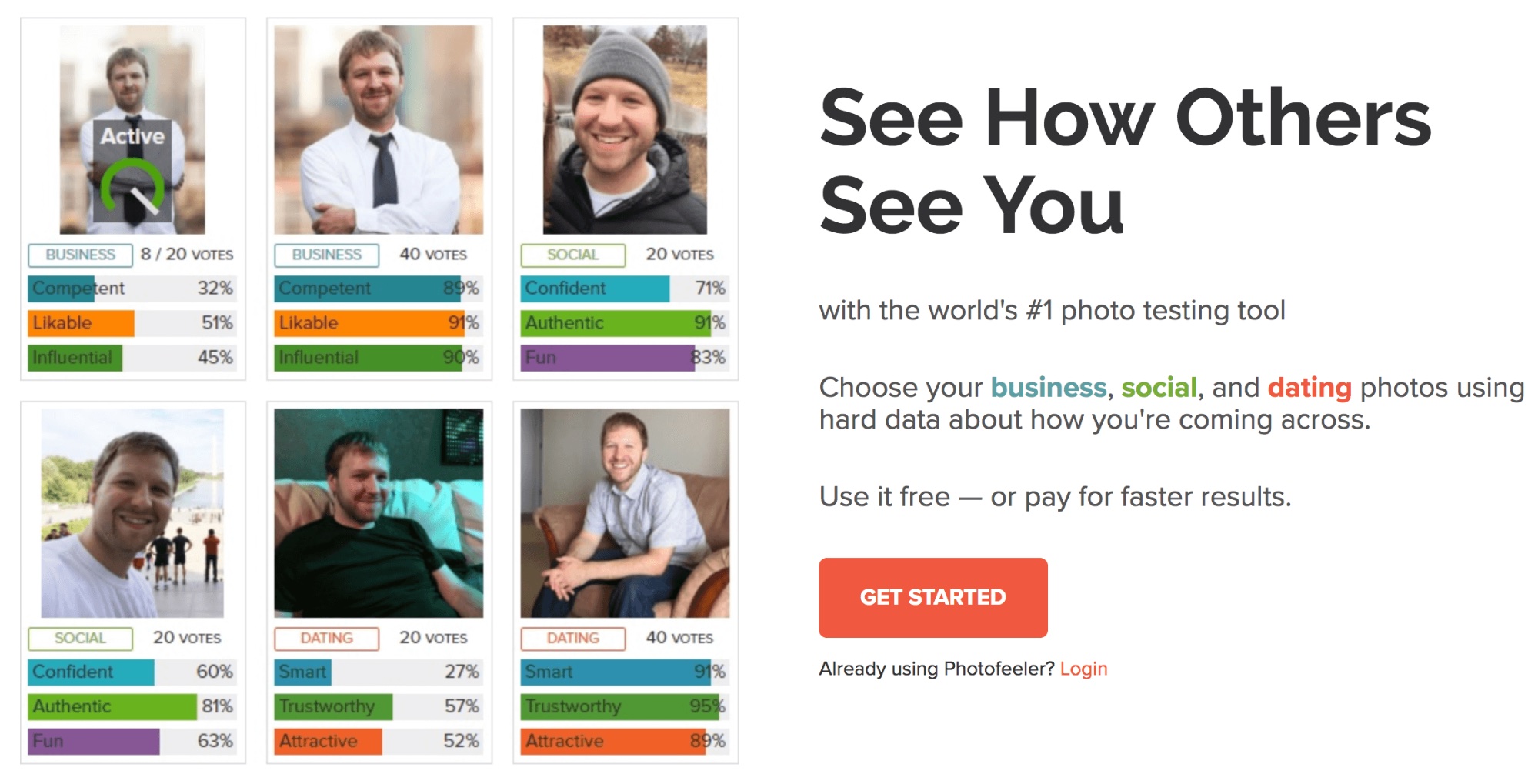10 Key Elements of Small Business Branding and Visual Identity
Branding is important for any business, but especially for a smaller outfit. In fact, having a small business identity that’s visually consistent can be the difference between getting overlooked and sticking in the minds of your potential customers.

(Aside: if you are a small business that requires a lot of shipping and deliveries, check out our article on USPS package rates.)
Fortunately, developing this identity isn’t that hard. There are only a few elements you’ll need to focus on initially, and none are out of reach for the average small business. For example, making sure your social media is consistent across various channels brings more benefits than you might realize.
A better way to manage your finances
With Hiveage you can send elegant invoices to your customers, accept online payments, and manage your team — all in one place.
In this article, we’ll look at how you can create a cohesive, compelling visual identity for your small business by focusing on ten key elements. Let’s get started!
What Constitutes Small Business Brand Identity
If you’re unsure what we mean by visual branding, it’s the collection of images, video, and animations associated with your small business’ overall brand. This can also encompass elements such as the colors and typography you use.
As you might imagine, visual branding is multi-faceted. While you can choose each element in isolation, combining them can completely change how you’re perceived by potential customers. This is a complex but vital aspect of your marketing, so it should be given the time and budget it deserves.
Of course, an interactive medium such as the internet reinforces the need to be visually impactful. This inevitably spreads to offline marketing and promotion too. Therefore, making sure your branding is visually captivating is more pertinent now than ever.
10 Key Elements of Small Business Branding
Without further ado, let’s look at the ten key elements of visual branding. They’re listed in no particular order, as they can each be considered equally important. However, the first element is arguably the backbone of your small business’ identity.
1. Your Target Customer
If you haven’t yet defined a target customer, this should be the number-one step you take when starting to consider your visual branding. This means creating a detailed persona of your ideal customer, which will give you focus when designing your branding’s style.
Fortunately, this task is not as hard as it might sound. You can start small, with demographics such as age, gender, location, and income. Then you can expand your persona by adding their tastes, needs, and desires, and even elements such as their expectations in life. By the end, you’ll have a solid reference point to come back to whenever you make a visual branding decision.
2. Purposeful Visuals
It’s easy to develop tunnel vision when working on your visual branding. Taking a step back to decide if what you’re doing works towards your overall goals is a sound strategy. Misplaced visual elements can confuse visitors, which isn’t helpful for converting them into paying customers.
This step mainly requires some common-sense thinking. For example, work through your conversion funnel as a customer would, and examine any visual elements you come across. If they’re not making you want to continue through the funnel, they’re likely superfluous.

A heatmap tool like Hotjar can also help you understand how visitors use your website. This gives you insight into any particularly poor visual elements that need to be improved.
3. Your Visuals’ Place In the Overall Brand Strategy of the Company
It’s possible to focus too much on how your branding looks, and forget about the importance of your actual content. This lack of substance in your marketing can bite you where it hurts – in the pocket.
It’s important to remember that if your small business is not a creative visual company, you’ll probably want to make visual elements secondary to your text-based content:

Even if you are creatives, having balance between your words, images, and video works to capture everyone’s attention – and provide you with a greater chance of being ranked highly in search engines.
4. Your Logo as Part of the Brand Strategy

This is arguably the first (and sometimes only) element many small businesses think about when it comes to building a visual identity. That’s understandable, since your logo is likely the first thing your customer sees, and will be a consistent ‘mark’ across all of your advertising.
The approach some small businesses take is to create a flashy, eye-catching logo and use it as the crutch upon which all their branding is focused. A better approach is to keep things simple. If you can’t afford a professional designer, choose easily-replicable elements such as a common (yet suitable) font, and let your content do the talking.
5. Your Overall Color Scheme
Along with your logo and typography (more on that element next), your color scheme is one of the basic ‘design trinity’ when it comes to your branding. It’s often a primary concern, mainly because it’s so impactful – especially when you get into the supposed benefits of color theory.

In fact, colors probably matter less than most other branding aspects. Ultimately, contrast is much more pertinent to increasing conversions, although colors can provide visitors with some emotional pull. For example, if you’re a children’s party organizer, you’re not going to use much black, regardless of its ability to contrast with a lot of colors.
6. Your Typography
As we mentioned above, considering typography is another first step you’ll take when sorting out your small business identity. This makes sense – your typography will be instantly visible, and it affects readability and overall comprehension of your content.
Much like other aspects of your visual identity, a simple approach is the best strategy:

The ideal is to find generally neutral fonts that don’t obscure readability, and use no more than three across your site to homogenise your content. A final tip: serif fonts will often project formality, so more ‘relaxed’ small businesses may want to stick with sans-serifs.
7. Consistent Social Media Branding

This next key element is concerned less with individual aspects of your small business identity, and more with your overall strategy. Social media marketing is a crucial weapon for small businesses, and getting it right can reap dividends.
While there’s plenty of advice on marketing through social media on the whole, in our opinion making sure there’s consistency between the different channels you post on is the most important factor. Having the same (or similar) color scheme, information, byline, and profile image on each site gives your business an air of professionalism, and presents a coherent visual identity regardless of where your audience encounters you.
8. Team Member Images and Headshots
Many small business owners think that their team’s images matter much, but nothing could be further from the truth. This is a key element, because each image represents a ‘human’ aspect to your business that’s crucial to portray – especially online.

In our opinion, Photofeeler is the leader in profile image analytics, and its blog is full of great pieces on how to take the perfect headshots for your business. In fact, you may not even need to hire a professional photographer at all!
9. Your Offline Marketing
It’s tempting to think that your small business only needs to brand itself online. However, there’s a wealth of other marketing areas that will also include your visual identity to promote your products or services. Paying attention to these channels is just as crucial as strengthening your online presence.
We’ve looked at creating business cards in a previous article. You’ll also want to think about flyers, samplers, letterheads, novelty gifts such as pens and mugs, and other marketing materials—and even your invoices. Each needs to incorporate your branding clearly and consistently, much like your social media channels.
10. Your Brand’s Perception to Others
For our final tip, allow us to get a little abstract. Brand perception isn’t necessarily a visual design element, although it is still something you can work on. We’re talking about how potential customers view your product or service, and what you can do to influence their opinion in the right direction.
While this subject can be complex, you’ll want to start by making sure influencers in your niche are aware of you, and can talk positively about your products and services. Getting your small business in front of their audiences increases your brand perception, and extends your potential customer base almost passively. Affiliate marketing is also an area that can influence brand perception, with an even clearer path to conversion than simple influencer mentions.
Conclusion
As you’re no doubt aware, branding is practically a matter of life and death for any company. A small business with a strong visual identity can step ahead of the pack, and increase both traffic and conversions.
In this post, we’ve introduced ten elements of visual identity that your small business should pay attention to. For example, your logo, font, and color choices are important, but so is how your team is presented and perceived. Every visual element can influence the customer’s impression of you, so considering each one carefully is vital for success.
Do you have any questions about how to develop a strong brand identity that uses visuals effectively? Ask away in the comments section below!
Join thousands of business-savvy entrepreneurs on our mailing list.
Curated emails that’ll help you manage your finances better.




